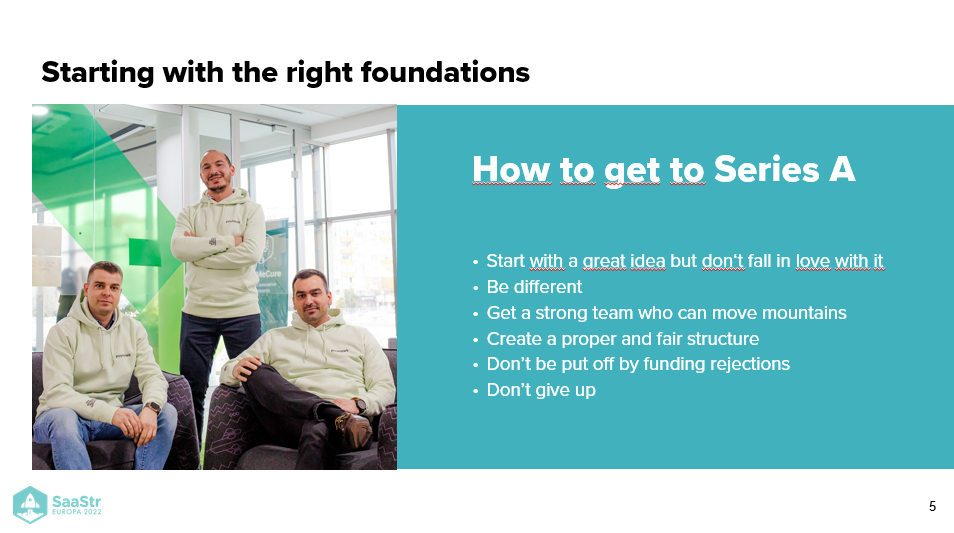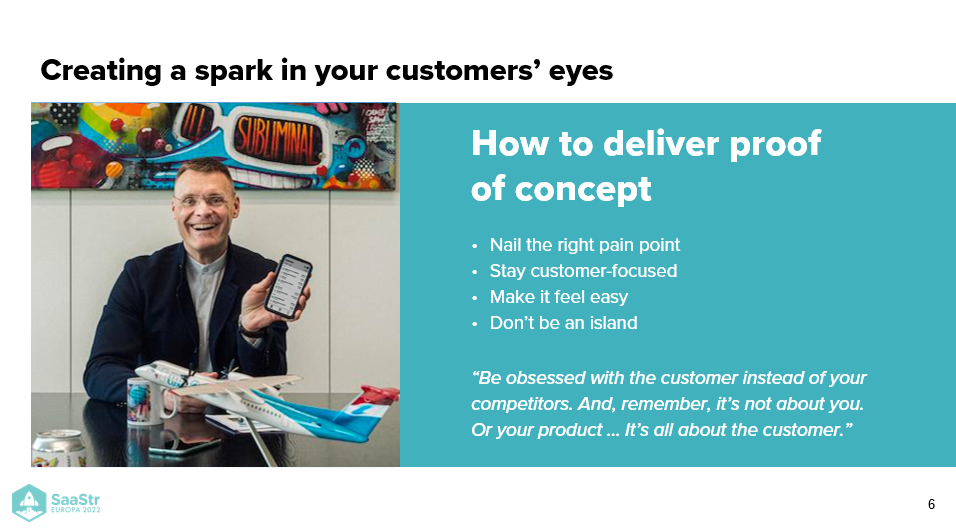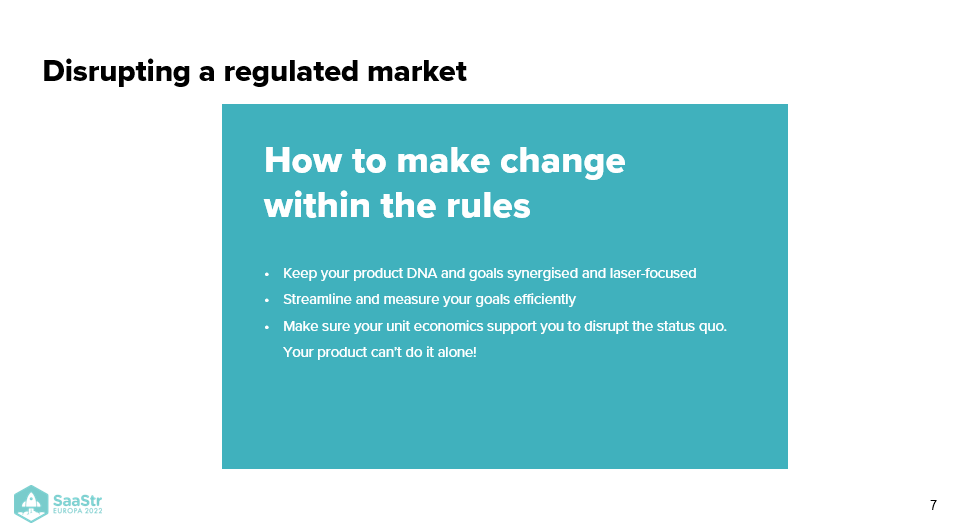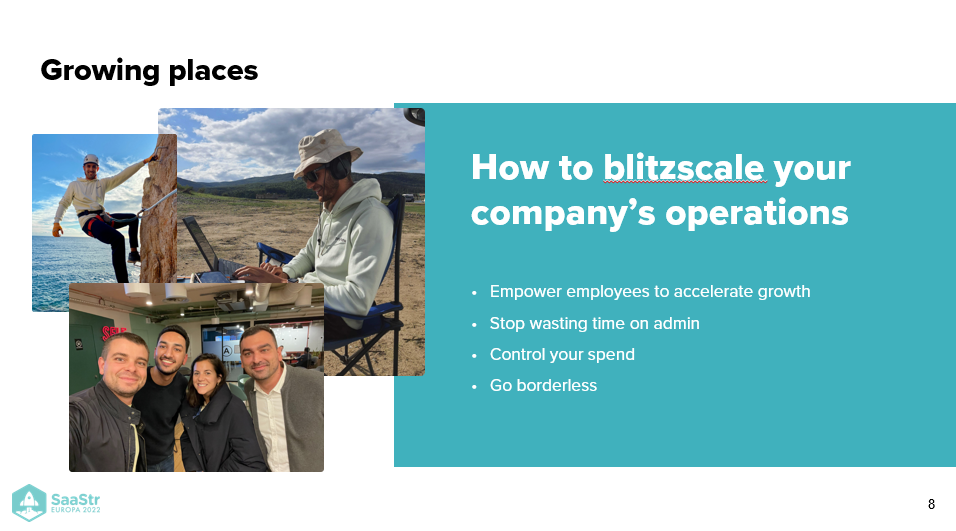Knowing how to get funding as a start-up is an invaluable skill. You have the vision, but you need to communicate it effectively for investors to believe in it and provide you with the capital needed to bring it to life.
Payhawk’s CEO, Hristo Borisov, and VP of Marketing, Désirée Schildt, have cracked the code. They outline how to go from series A to unicorn in less than 12 months.
How to get to series A
Before attracting investors, ensure that your company structure and products are up to par. You do that by hiring a strong team, developing a product without getting attached to it, having a proper business structure, and not being put off by rejection.
- Hire a strong team. If you want your start-up to succeed and scale, the first thing you have to do is build a stellar team. Hire senior positions first. Your team must have a suitable skill set, aligned values, and diversity. Don’t feel pressure to compromise with your candidates even if you want to hire quickly. A strong hiring process will result in a strong team.
- Develop your product without getting attached to it. When you’re in the conception phase, go over your product’s concept intimately. However, don’t fall in love with your ideas right away—even when you’ve pitched, made prototypes, and worked on the product. That way, if the customers reject it, you are better equipped to be rational rather than emotional.
- Have a proper business structure. Investors want to see an equitable business structure. For example, if you have two cofounders and one has a 20% share while the other has 80%, that’s a disaster waiting to happen. Make sure very early on there is a fair split. Investors appreciate that—especially since many companies fail because of disagreement among cofounders.
- Don’t get put off by funding rejections. Chances are you’ll pitch various people, and you will hear several rejections. Payhawk was rejected 62 times in 9 months, but they didn’t give up. Sometimes you find that the customer is fond of your product while investors don’t want to invest because they don’t believe in it. In that case, keep going and don’t give up.
“We didn’t listen too much to what uninterested investors said. Rather, we listen to what our customers are saying. We listen to what the market is saying.”
Speaking of investors, one of your founders must know how to pitch an idea and network to attract investors. If you have the luxury of choosing your investors, choose them wisely. That means that you have to find an investor who truly understands your business model and your challenges, supports you, and has invested in other companies in the same industry.

How to deliver proof of concept
When delivering a proof of concept, ensure you’re nailing the right pain point and staying customer-focused. Aim to create a spark in the eyes of the customer. If you’re pitching your idea, and people are engaged, listening, and eager to learn more, you’re on to something big.
On the flip side, if it’s taking you too long to explain the concept, maybe you’re talking to the wrong person. Change the target persona or company size you’re presenting to.
Create a product customers want to buy. However, they may not want to buy it initially. But, if you can take a prospect who wasn’t originally a big believer and convert them into a customer, that’s a huge advantage. Doing that shows you how big the addressable market is.

How to make a change within the rules
Disrupting a regulated market is challenging. However, if you want to have a chance to succeed in a competitive market, you should:
- Keep your product DNA synergized and laser-focused.
- Streamline and measure your goals efficiently.
- Make sure your unit economics supports you to disrupt the status quo. Your product can’t do it alone.
When looking to disrupt the status quo, find new pockets where some markets will converge. The next step is measuring where you are going and where you are scaling. Your company and investors should know the one or two goals you’re focused on.
“It’s easy to lose yourself in the data and the metrics, and you need to nail down and focus on your north star.”

How to blitz scale your company’s operations
As the company owner, instead of spending time on administrative tasks, empower your employees to accelerate the company’s growth.
When building a team, you must first give them the benefit of the doubt to see if they can execute. If your team can’t perform, as a leader or manager, ask yourself if your team has the right resources, goals, and tools to achieve those goals.
If you’ve given them what they need to succeed and they still can’t deliver, you may have to reevaluate your team or let them go. While founders may want to micromanage, it’s important to let people do the jobs they were hired for.
“Focus on empowering and allowing your team to do their job efficiently.”
Key takeaways
Becoming a unicorn can be a long journey with many ups and downs along the way. If you’re eager to move from series A to unicorn, keep these key takeaways in mind:
- Build a stellar team. A stellar team is skilled with shared values. Your founder’s team should be complementary.
- Attract new investors, but be picky. Your investors should be supportive and familiar with the industry and your business.
- Guarantee true product market fit. Seek to truly understand your core customers and their needs.
- Get your marketing strategy right. Solidify your positioning and communicate it to your customer through the right marketing channels. Highlight what you’re doing differently from your competitor.
- Dream big from the start. Dream outside the box. If you think you’re dreaming a bit too big, you’re on your way to being a unicorn.



